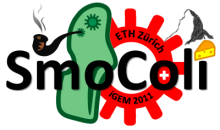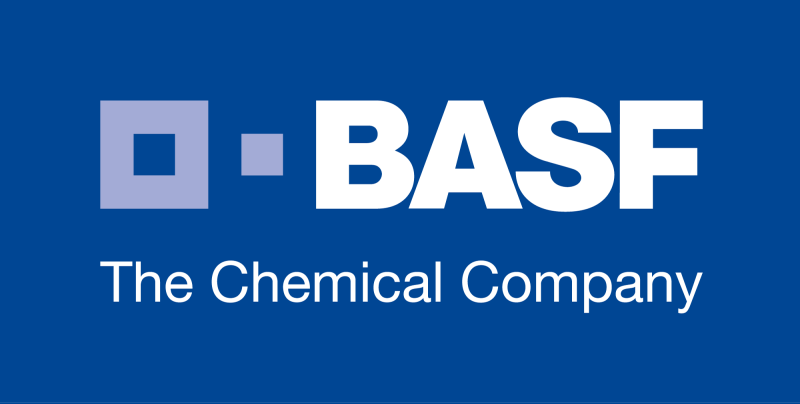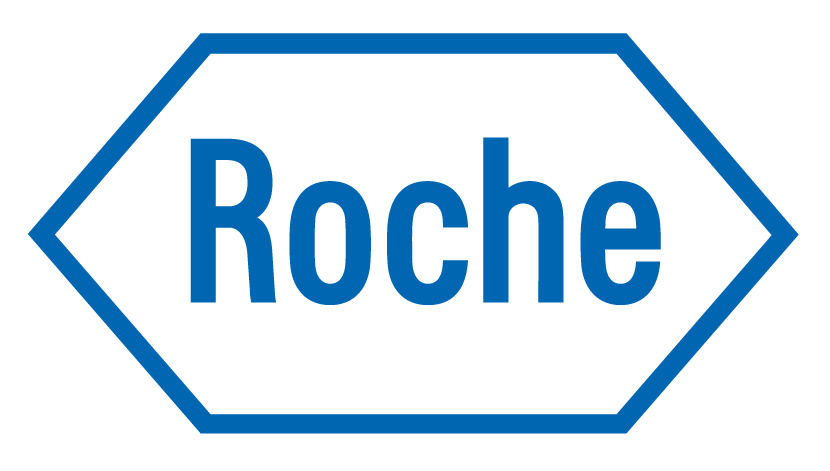Team:ETH Zurich/Achievements/Model Results
From 2011.igem.org
Modeling - Predictions & Results
By modeling and simulating our system we verified that it can actually be implemented in reality. We checked its feasibility, drew some conclusions and decided on a most suitable channel design.
Time-Scale Analysis
Does the GFP band move?
We come to the conclusion that our initial idea may work and that we can actually get a moving GFP band in the channel responding to different input acetaldehyde concentrations! For a 5cm long channel, in order for our SmoColi bacteria to start reporting the presence of acetaldehyde in the air (when the GFP band appears at the beginning of the channel), the system should be supplied with around 44.05 mg/L of acetaldehyde. In order for the band to be able to form at the very end of the channel, the input acetaldehyde concentration should be 2420 mg/L.
Process Design
After simulating our system in COMSOL, we came to the following conclusions that helped us designing the channel experimentally:
- E. coli can generate a gradient by degrading a substance replenished by diffusion in an agarose-filled channel.
- No small microfluidics devise needed, no flow needed. The setup can be done in a small tube with diffusion only.
- It can do so within a reasonable experimental timeframe (within several hours).
- It can do so within reasonable channel lengths (several centimeters.
- Channel diameter is irrelevant for our system.
- As mentioned, for a 5cm long channel, we need 44.05 mg/L of input acetaldehyde concentration for the band to appear, 2420 mg/L for it to come to the end of the channel.
 "
"






